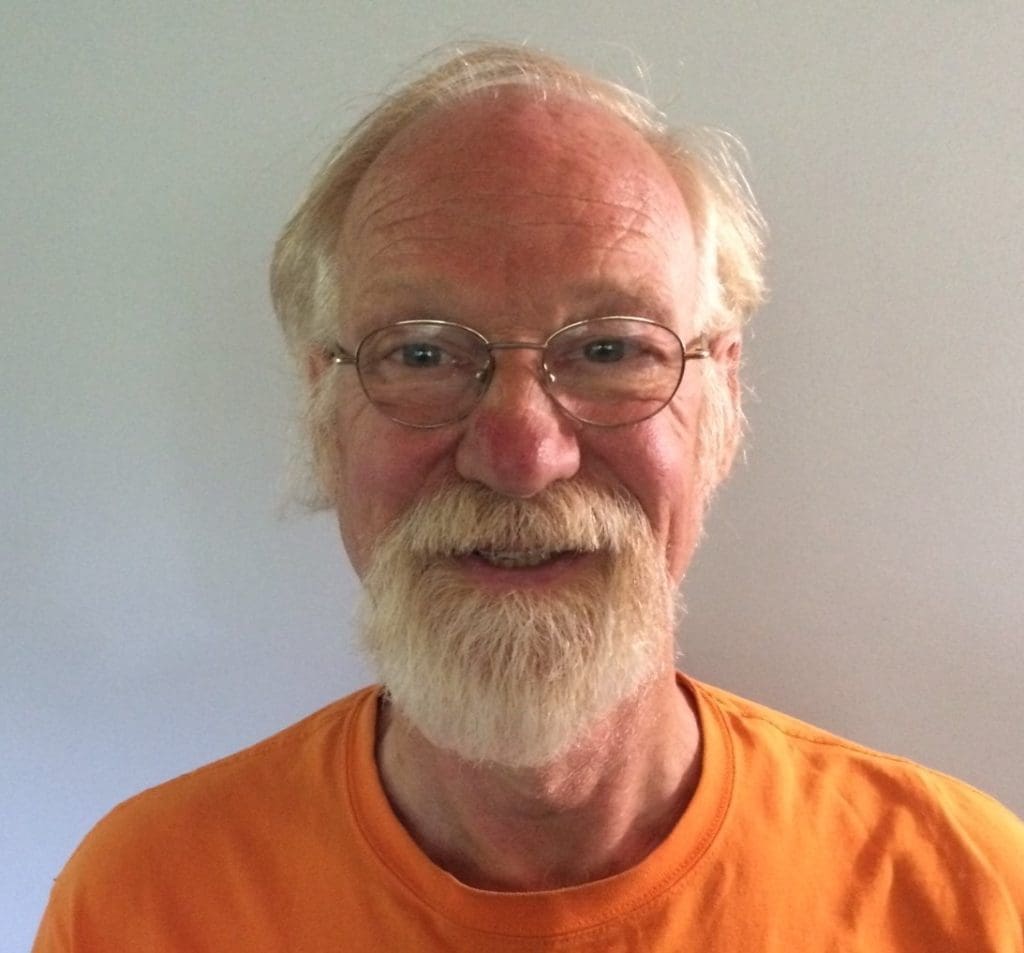Heat Planet: Restore Ecosystems – Restore Climate
May 4 – June 8, 2022

“You never change things by fighting the existing reality. To change something, build a new model that makes the existing model obsolete.” – Buckminster Fuller
Course Format
This online course will consist of 6 classes and be held live on Zoom. Classes will begin May 4, 2022 and end on June 8, 2022. Classes will be held on Wednesdays from 9 – 11 am ET and 7 – 9 pm ET to accommodate students’ schedules. Students are invited to attend whichever of these two sessions are most convenient for them.
Course fee: $200. Everyone is welcome, so if you’re on a tight budget a sliding scale is available at checkout.
Course Description
The international community of atmospheric scientists have spent 40 years telling us that atmospheric science fully explains climate change, and that climate disruption is solely a result of global atmospheric chemistry and physics. They have proven that greenhouse gases trap heat, and accept them as the sole cause of rising global temperatures. While greenhouse gases do trap heat and thus exacerbate warming, that is not the whole story. Greenhouse gases do not generate heat, and no one in that scenario has seriously considered the sources of, and therefore the solutions to the heat that is trapped.
If a pot on the stove is boiling over, is it better to remove the pot lid, or turn down the stove? The greenhouse gas thesis addresses only the “pot lid”. This course is about understanding the heat sources that constitute the stove. Some history, simple physics, observations, and direct experience explain this paradigm.
Climate is local. What is an oasis if not a specific set of local circumstances that create comfortable conditions within the surrounding desert climate? What is a “Grotto” but an artificially created cool summer environment? What of Iranian architecture that provided whole-house cooling up to 1,000 years ago? What is an urban heat island if not the result of physical processes that raise temperatures 200F or more above the surrounding areas? Carefully designed microclimates can create comfortable outdoor seating areas in the middle of winter, in Canada. Communities with healthy natural ecosystems have much lower temperatures than adjacent areas. I will show a photo of a neighbors’ front yard where locations 30 feet apart, recorded a temperature difference of 600F, a difference between frost and a summer day.
The ramifications of these examples are that the climate you experience is largely a product of your specific location. This means that in spite of greenhouse gases, local action to restore natural ecosystems can significantly improve local climates. The ramifications of that is a future where the impacts of climate change can be reversed within years or decades.
This course is about understanding how this can be true.
Participation
This course will reconstruct the circumstances in which I first understood this thesis, and from which you can understand it as well. This perspective is the critical paradigm change required for reversing climate disruption. I recognize that the reading is fairly heavy. But you must engage with the material for learning to unfold. The more of it you are able to do, the better able you will be to master this material. There are no prerequisites, though previous courses are a plus.
About the Teacher

Permadigms, Principal
An NCARB certified Architect, I specialized in regenerative design, utilizing both Passive House and Living Building Challenge perspectives. I have taught urban sustainability, environmental management, and architectural technology at universities. I investigated socially and technically regenerative society, with studies in higher education curriculums, urbanism, brain science, and the social and ecological impacts of a growth economy. After several years’ immersion in biodiversity and its intersection with the built environment I recognized the Heat Planet thesis and have been writing the book on it.
For questions regarding the course email me at cahaines26@gmail.com.
To join us, register below!
